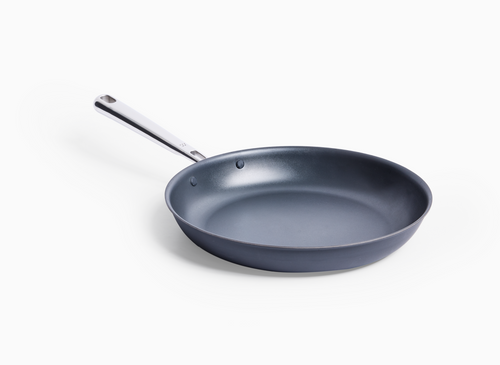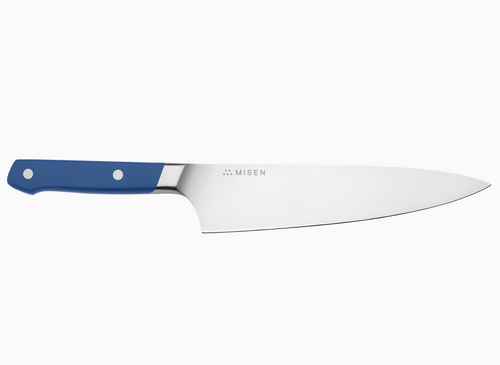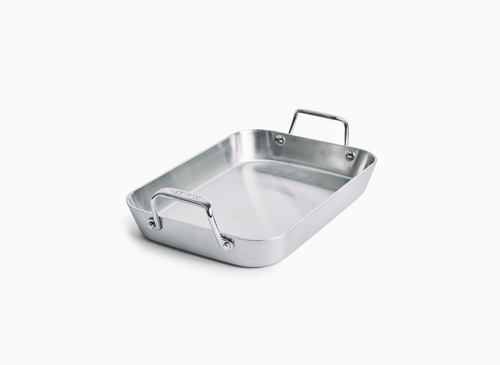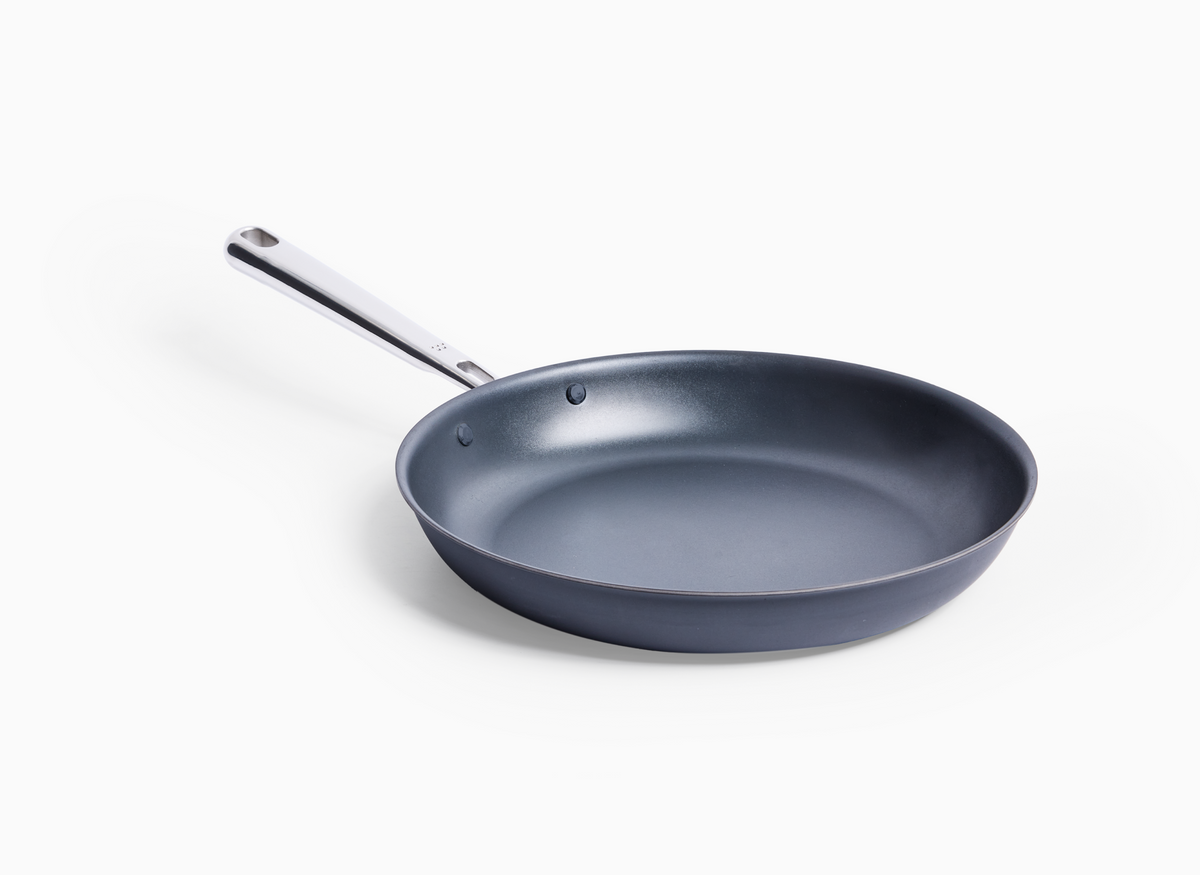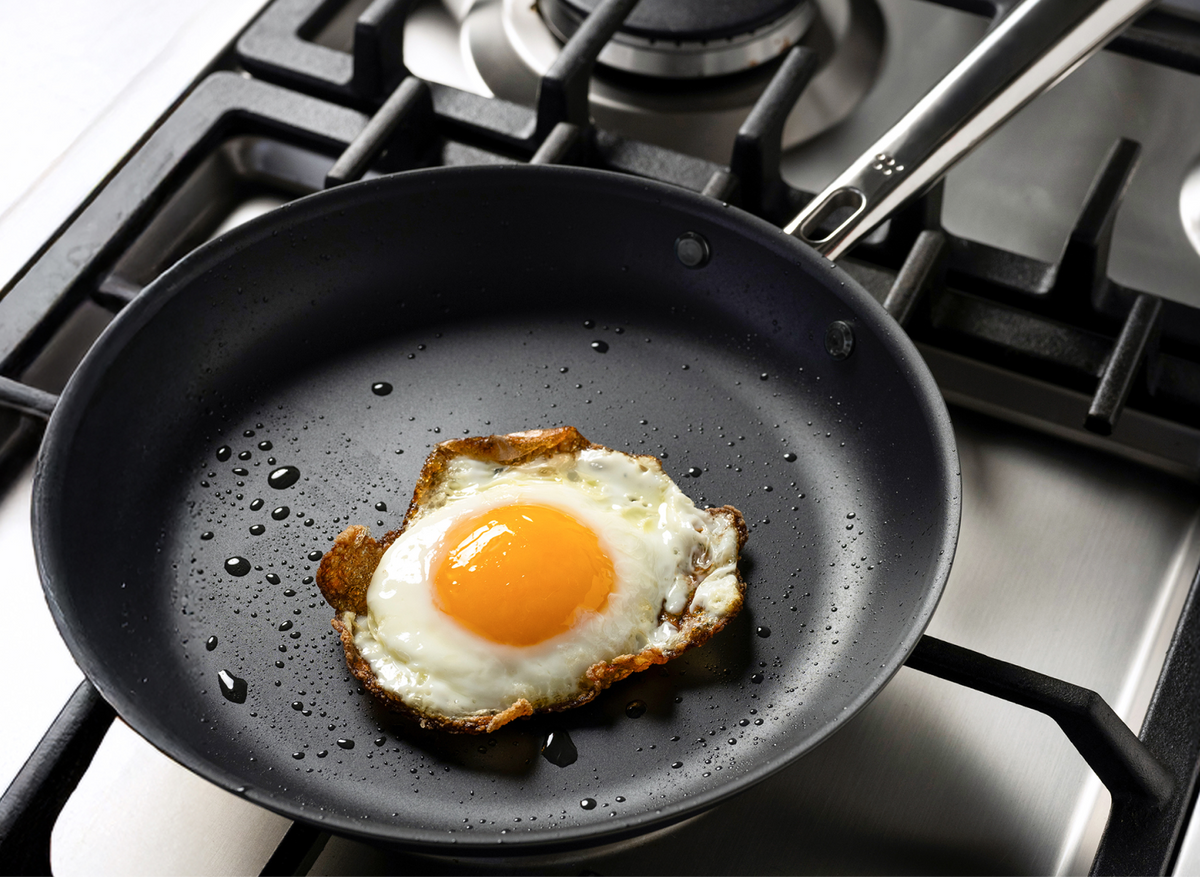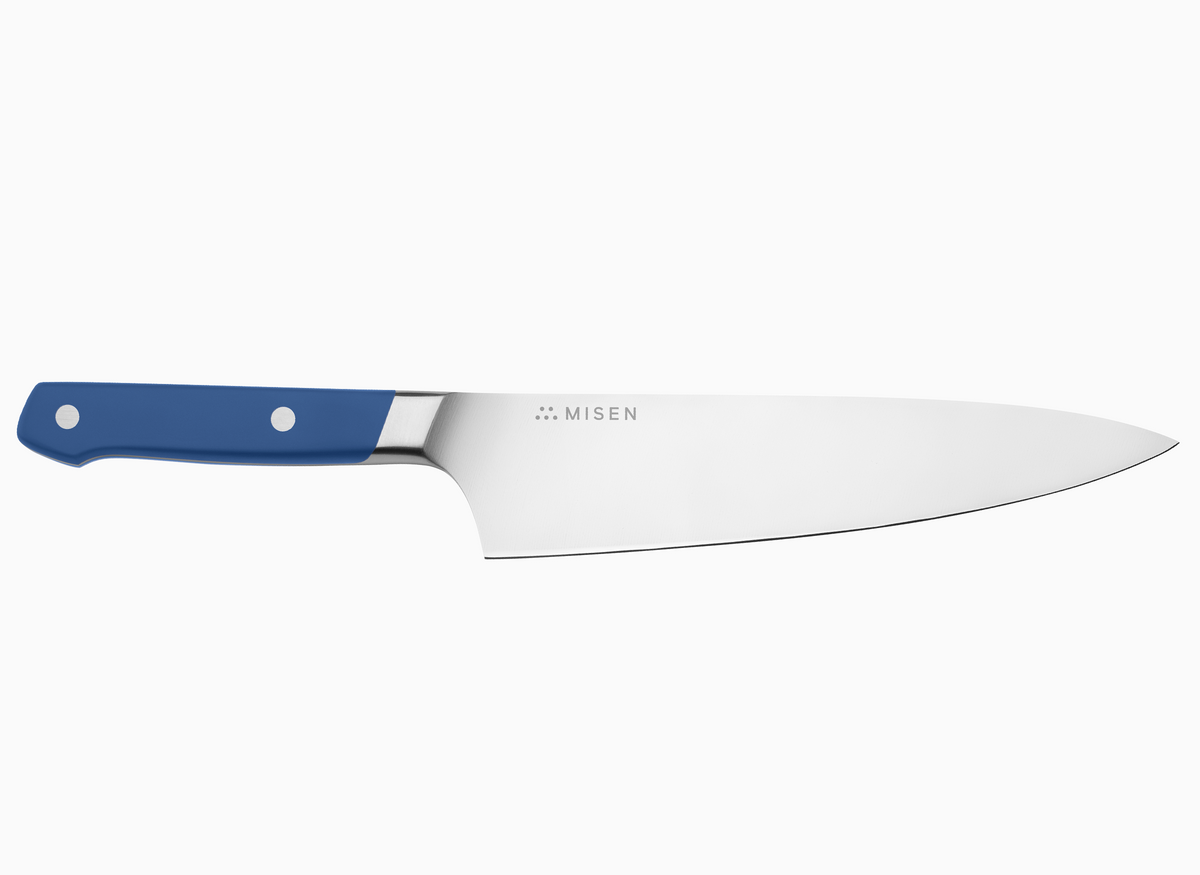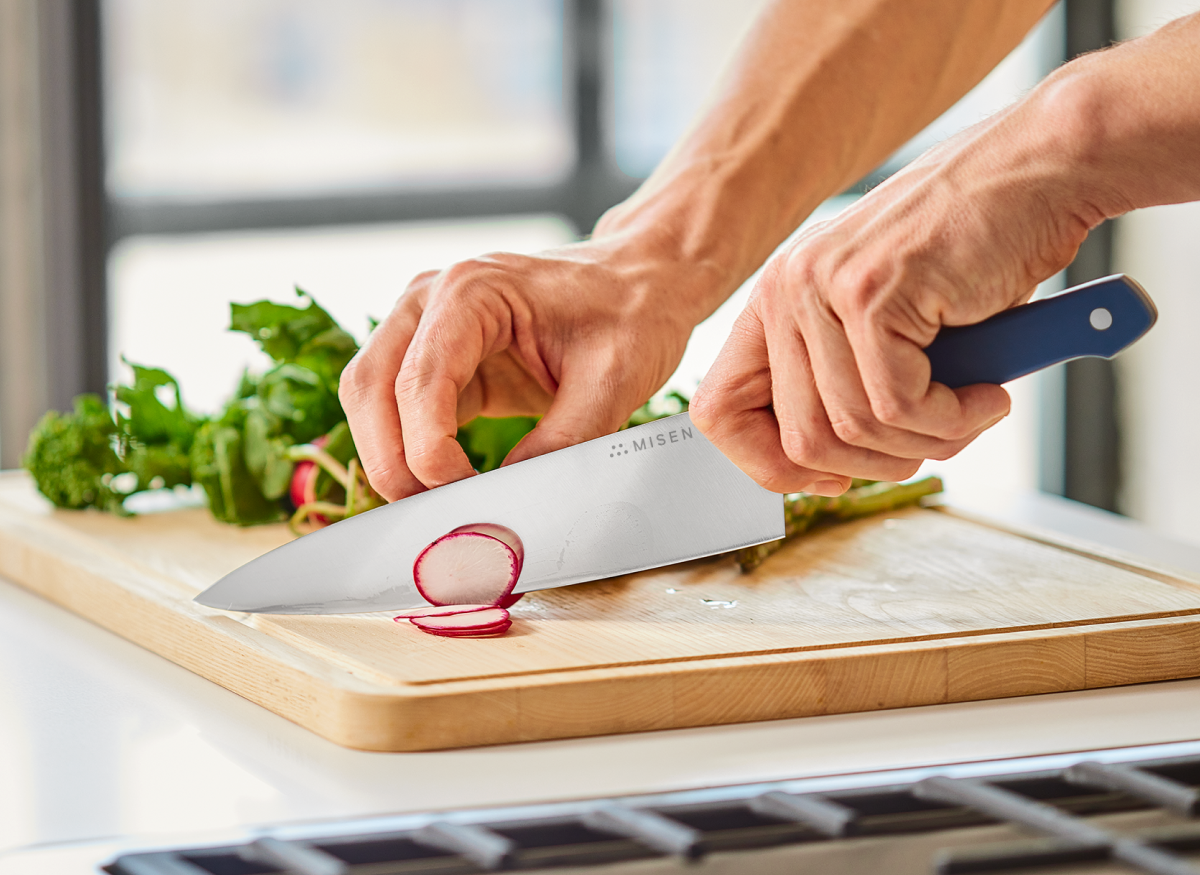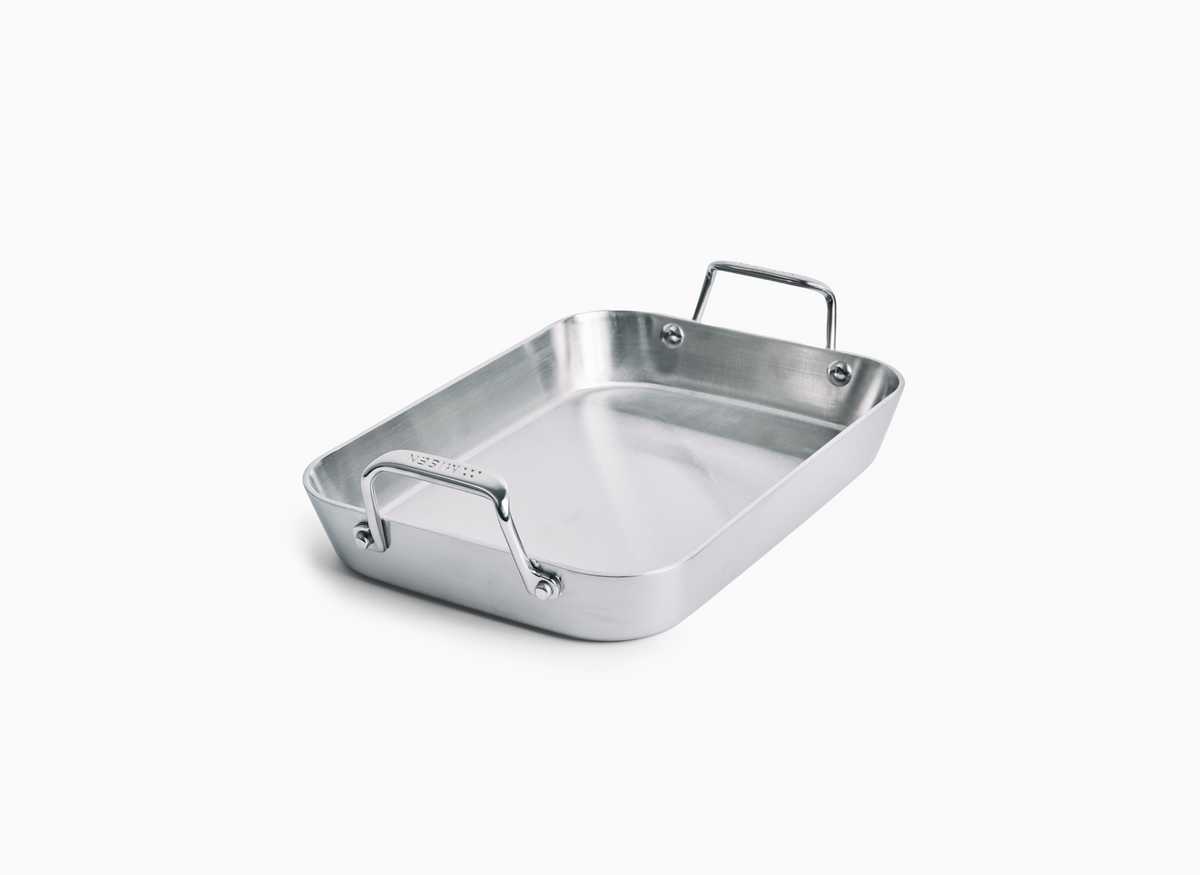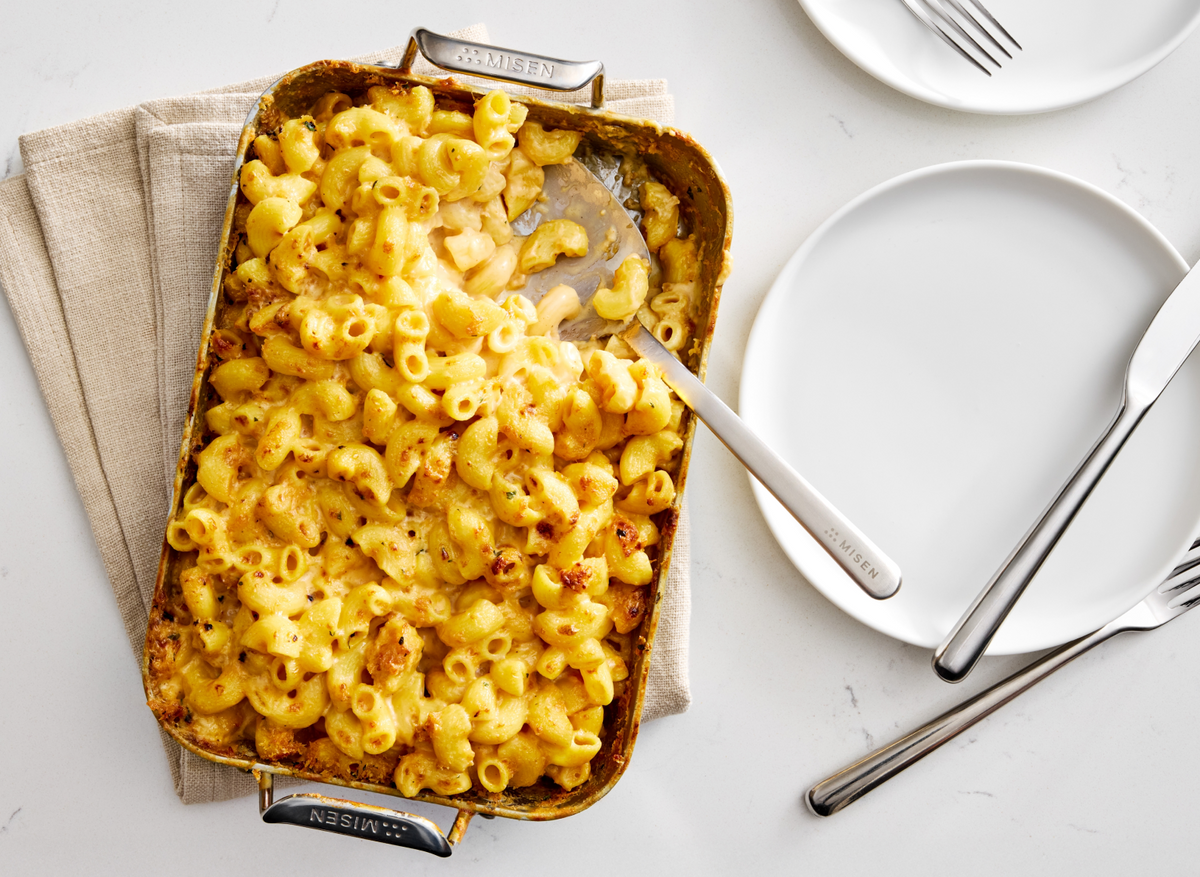How to Sauté Onions: A Step-by-Step Guide for Flavorful Dishes

Mastering the art of sautéing onions is essential for creating flavorful dishes. This guide explores different onion varieties, proper preparation techniques, and the equipment needed to achieve perfectly sautéed onions. We'll walk through the step-by-step process and provide creative ways to incorporate this versatile ingredient into your cooking.
Understanding Onion Varieties
Common types of onions for sautéing
When it comes to sautéing, not all onions are created equal. Yellow onions reign supreme as the most versatile option, offering a balanced sweet-savory flavor when cooked. Their natural sugars caramelize beautifully, making them ideal for a wide range of dishes. Sweet onions like Vidalia develop an intense caramelization that works wonderfully in recipes where pronounced sweetness is desired. For visual appeal and a crisp texture that holds up well during cooking, red onions are an excellent choice. White onions provide a clean, sharp taste that mellows significantly when sautéed, while shallots deliver a more delicate, garlicky flavor perfect for refined dishes.
Flavor profiles of different onion varieties
Each onion variety brings its own unique characteristics to your cooking. Yellow onions start with a sharp, sulfurous bite that transforms into a mellow sweetness when sautéed. This makes them incredibly versatile and suitable for most dishes. Sweet onions like Vidalia contain higher sugar content and less sulfur, resulting in an exceptionally mild and sweet profile even when raw. Red onions offer a sharper bite with subtle peppery notes that soften during cooking while retaining a hint of spiciness. White onions provide clean, crisp flavors without lingering aftertastes, making them ideal for dishes where you want the onion flavor to complement rather than dominate. Shallots bring a sophisticated blend of onion and garlic notes with a touch of sweetness that intensifies beautifully when cooked.
Choosing the right onion for your dish
Selecting the perfect onion variety is crucial for achieving the desired flavor profile in your dish. For long-cooking recipes like soups and stews where you want deep, caramelized flavors, yellow onions are your best bet. Sweet onions shine in quick-cooking recipes and raw applications where their natural sugars can take center stage. Red onions add a vibrant pop of color and a peppery kick to stir-fries and grilled dishes while maintaining their texture. White onions are particularly well-suited for Mexican and Asian cuisines where clean, sharp flavors are desired. For delicate sauces and refined dishes where subtle garlic notes can enhance rather than overpower other ingredients, reach for shallots.
Preparing Onions for Sautéing
Proper peeling techniques
Efficient onion preparation begins with proper peeling. Start by cutting off the stem end of the onion, leaving the root end intact to hold the layers together. This technique makes it easier to remove the papery outer skin and any damaged layers underneath. For seamless peeling, make a shallow cut through the skin from top to bottom and pull back the dry layers. Keeping the root attached while peeling helps maintain the onion's structure and prevents it from falling apart during slicing. To streamline your workflow, consider peeling all your onions at once before moving on to cutting.
Slicing methods for even cooking
Achieving uniform slices is key to ensuring even cooking. Begin by halving the onion through the root end, then place each half cut-side down for stability. Make lengthwise cuts toward the root, leaving about 1/4 inch at the base to hold layers together. Next, slice across these cuts to create uniform pieces. For quick sautéing and a softer texture, aim for thinner slices (1/8 inch). If you prefer more pronounced texture and longer cooking times, opt for thicker slices (1/4 inch). To dice onions, make horizontal cuts parallel to the cutting board before slicing across. Using a sharp knife is crucial to prevent crushing the onion's cell walls, which can release excess compounds that cause tears and bitter flavors.
Ensuring uniform size for consistent results
The size of your onion pieces directly impacts cooking consistency. Cut pieces should match in both thickness and length - if some pieces are larger, they'll remain crunchy while smaller pieces burn. For slices, maintain a thickness between 1/8 to 1/4 inch throughout. When dicing, aim for equal-sized cubes around 1/4 inch. A sharp knife makes precise cuts easier and prevents crushing, which can lead to uneven cooking and bitter flavors. Pay extra attention to the final few cuts near the root end, where pieces tend to vary in size. If you end up with uneven pieces, consider separating larger chunks and adding them to the pan first, giving them a head start before adding smaller pieces.
Essential Equipment and Ingredients
Selecting the right pan for sautéing
Choosing the right pan is crucial for achieving perfectly sautéed onions. A heavy-bottomed stainless steel or cast iron pan provides the even heat distribution needed for proper sautéing. Opt for a pan at least 10-12 inches wide to give onions enough space - overcrowding leads to steaming instead of browning. The pan's sides should be 2-3 inches high to contain onions while allowing moisture to escape. Avoid non-stick pans since they prevent proper browning and caramelization. The weight of the pan matters too - heavier pans maintain steady temperatures better than lightweight ones, helping achieve consistent results.
Choosing between oil and butter
Both oil and butter offer distinct advantages when sautéing onions. Oils like olive, vegetable, or grapeseed provide higher smoke points and even heat distribution, making them ideal for medium-high temperature cooking. They also allow the onions' natural flavors to shine through. Butter adds rich, nutty notes but requires more attention since it can burn at higher temperatures. For the best of both worlds, consider starting with a combination - use oil for heat control and add a small pat of butter near the end for flavor. The fat should coat the pan bottom evenly - about 2 tablespoons per large onion is a good rule of thumb. When using butter alone, watch carefully and lower heat as needed to prevent browning too quickly.
Additional seasonings to enhance flavor
While salt and black pepper form the foundation for seasoning sautéed onions, there are numerous ways to enhance their natural flavors without overpowering them. Fresh herbs like thyme or sage add aromatic depth - add them during the final few minutes to preserve their flavors. A splash of acid like balsamic vinegar or white wine can deglaze the pan while adding complexity. For umami richness, consider incorporating a pinch of MSG, soy sauce, or fish sauce. Spices like paprika, cumin, or curry powder can transform basic sautéed onions into distinctive flavor bases for specific cuisines. If using garlic, add it near the end of cooking to prevent burning, or try dried garlic powder for convenience. Remember that onions concentrate in flavor as they cook down, so season gradually and taste frequently to achieve the perfect balance.
How to Sauté Onions: A Step-by-Step Guide
Heating the pan and adding fat
The key to perfectly sautéed onions begins with proper pan preparation. Start with a cold, heavy-bottomed pan to prevent hot spots that can burn onions. Place the pan over medium heat and let it warm gradually for 2-3 minutes until you can feel heat radiating when holding your hand above it. Add your chosen fat - oil, butter, or a combination - and swirl to coat the entire bottom surface evenly. For oil, wait until it shimmers slightly but doesn't smoke. If using butter, wait until it melts completely and the foam subsides, but watch carefully to prevent browning. The fat should be hot enough that a small piece of onion sizzles gently when added, but not so hot that it immediately browns or burns. This temperature control at the start sets the foundation for properly sautéed onions.
Cooking onions to desired doneness
Sautéing onions is a process that requires attention to visual and textural changes that indicate doneness. For translucent onions, cook for 5-7 minutes over medium heat, stirring occasionally until they become soft and clear while maintaining their shape. To achieve golden brown onions, cook for 10-12 minutes - the onions will start releasing their natural sugars and develop a light caramel color while becoming very tender. For deeply caramelized onions, cook for 25-30 minutes over medium-low heat, stirring frequently as they transform into a rich brown color with intense sweetness. The onions will reduce significantly in volume as moisture evaporates and sugars concentrate. Watch for sticking or burning, especially in later stages, and adjust heat downward if needed. If the pan gets too dry before desired doneness is reached, add small amounts of water or stock. The onions are ready when they reach your preferred color and texture - from barely softened for stir-fries to deeply browned for French onion soup.
Adjusting heat and stirring techniques
Proper heat management and stirring techniques are crucial for achieving beautifully caramelized onions without burning. Keep heat at medium-low to medium, adjusting down if onions start browning too quickly or sticking excessively. During the first 10 minutes of cooking, stir the onions every 3-4 minutes. As they begin to caramelize, increase stirring frequency to every 1-2 minutes. Use a wooden spoon or silicone spatula to scrape up the flavorful browned bits (fond) from the pan bottom while stirring. If onions start to stick or brown too fast, add 1-2 tablespoons of water to deglaze the pan and slow the cooking process. For even browning, use a combination of stirring and spreading - periodically spread onions into an even layer to maximize pan contact, then stir to redistribute heat. Pay special attention to the outer edges of the pan where heat tends to concentrate.
Incorporating Sautéed Onions in Recipes
Using sautéed onions as a flavor base
Sautéed onions create a foundational flavor layer that enhances countless dishes. They serve as an excellent base for soups, stews, and sauces - the caramelized sugars and concentrated savory compounds provide depth that water-based liquids alone can't achieve. For pasta dishes and risottos, sauté onions first to build a flavor foundation before adding other ingredients. Their natural sweetness and umami notes complement tomato-based sauces particularly well. In meat dishes, sautéed onions create a flavorful bed for braising or roasting, while their moisture helps prevent proteins from drying out. They also serve as the first layer in classic mirepoix or sofrito, where their flavors meld with celery and carrots to form the backbone of French and Spanish cuisine. When making pan sauces, the browned bits (fond) from sautéed onions provide crucial flavor compounds that dissolve into the final sauce.
Pairing sautéed onions with different proteins
Sautéed onions enhance proteins by adding depth, moisture, and complementary flavors. For beef dishes, deeply caramelized onions balance rich cuts like ribeye or complement leaner cuts like sirloin by adding moisture and umami. With poultry, golden-brown onions provide sweetness that cuts through the mild meat - try them on chicken breasts or turkey cutlets. For pork, sweet onions sautéed until just translucent maintain their texture while complementing chops and tenderloin. Fish and seafood pair best with shallots or white onions sautéed briefly to avoid overpowering delicate flavors. Plant-based proteins like tofu and tempeh benefit from onions caramelized with soy sauce or miso to build savory depth. Layer sautéed onions under proteins while cooking to infuse flavor, or serve them on top to add texture contrast. The moisture from properly sautéed onions helps prevent proteins from drying out during cooking while their natural sugars aid in browning and crust development.
Creative ways to serve sautéed onions
Sautéed onions can transform everyday dishes into memorable meals through creative serving applications. Layer them into grilled cheese sandwiches with sharp cheddar for a gourmet upgrade, or pile them atop homemade pizzas just before baking. Fold golden-brown onions into scrambled eggs or omelets to add depth without overwhelming the delicate eggs. Mix them into grain bowls with quinoa or farro, where their rich flavor enhances whole grains and roasted vegetables. Blend caramelized onions into compound butter for an instant flavor boost on steaks or bread. Top baked potatoes with a generous spoonful, letting the onions' sweetness contrast with sour cream. Incorporate them into dips by mixing with Greek yogurt and fresh herbs, or layer them into sandwiches and wraps for added complexity. For appetizers, spoon sautéed onions over crostini with goat cheese or use them to top flatbreads. Their versatility extends to salads - warm sautéed onions wilt bitter greens slightly while adding savory notes that complement vinaigrettes.
To elevate your sautéed onion game even further, consider using our carbon steel pan for optimal heat distribution and browning capabilities.
- Choose the right onion variety based on your dish's flavor profile and cooking method.
- Proper preparation techniques, including uniform slicing, are crucial for even cooking.
- Use the appropriate pan and fat for sautéing, adjusting heat as needed throughout the process.
- Pay attention to visual and textural changes to achieve your desired level of doneness.
- Experiment with creative ways to incorporate sautéed onions into various dishes for added depth and flavor.
